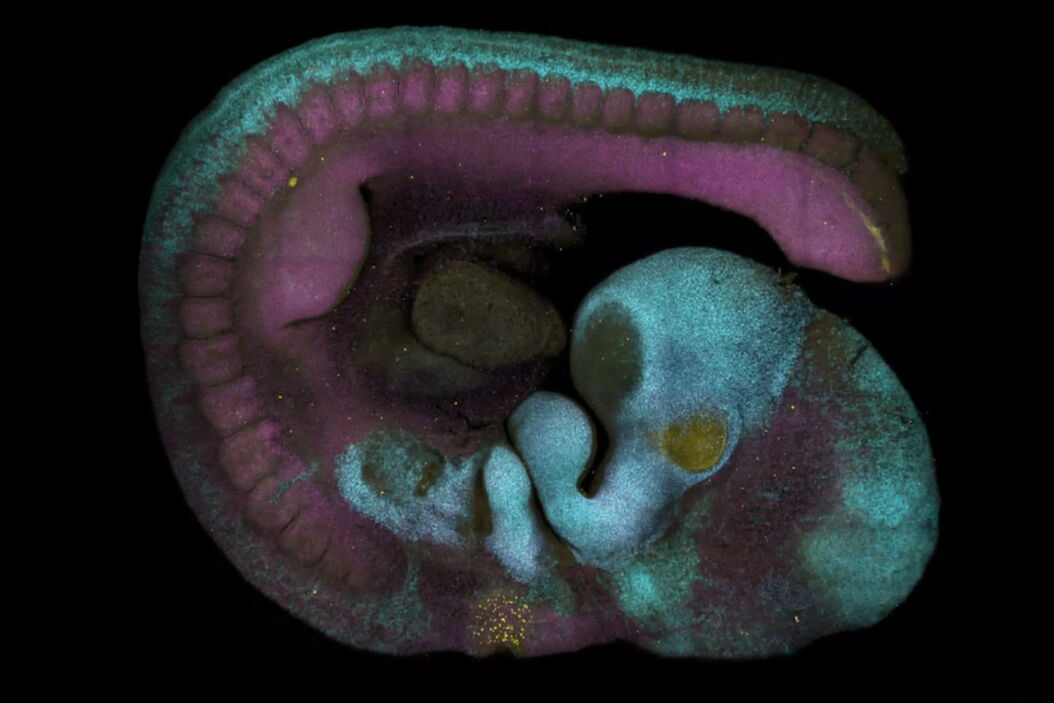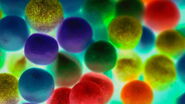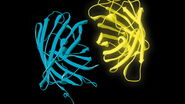The webinar
We are attempting to advance this tradeoff by constructing faster and more efficient light sheet microscopes that maintain subcellular resolution. Our two-photon light-sheet microscope combines the deep penetration of two-photon microscopy and the speed of light sheet microscopy to generate images with more than ten-fold improved imaging speed and sensitivity. This combination of attributes permits 4D cell and molecular imaging with sufficient speed and resolution to generate unambiguous tracing of cells and signals in intact systems.
To increase the 5th Dimension, the number of simultaneous labels, we are refining new multispectral image analysis tools that exceed the performance of our previous work on Linear Unmixing by orders of magnitude in speed, error propagation and accuracy. These new analysis tools permit rapid and unambiguous analyses of multiplex-labeled specimens.
In parallel, we have refined label-free approaches so that imaging and sensing can be extended to patient-derived tissues and even human subjects. The low concentrations and low sensitivity of the techniques can make single cell approaches challenging. We are refining fluorescence lifetime approaches (FLIM), combining it with multispectral tools to optimize intravital imaging in these challenging settings.
Combined, these imaging and analysis tools offer the multi-dimensional imaging required to follow key events in intact systems and allow us to use noise and variance as experimental tools rather than experimental limitations.




